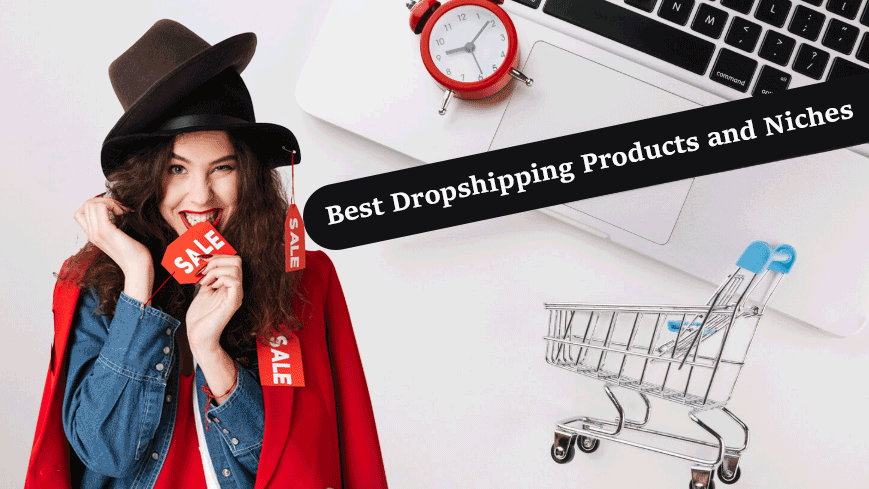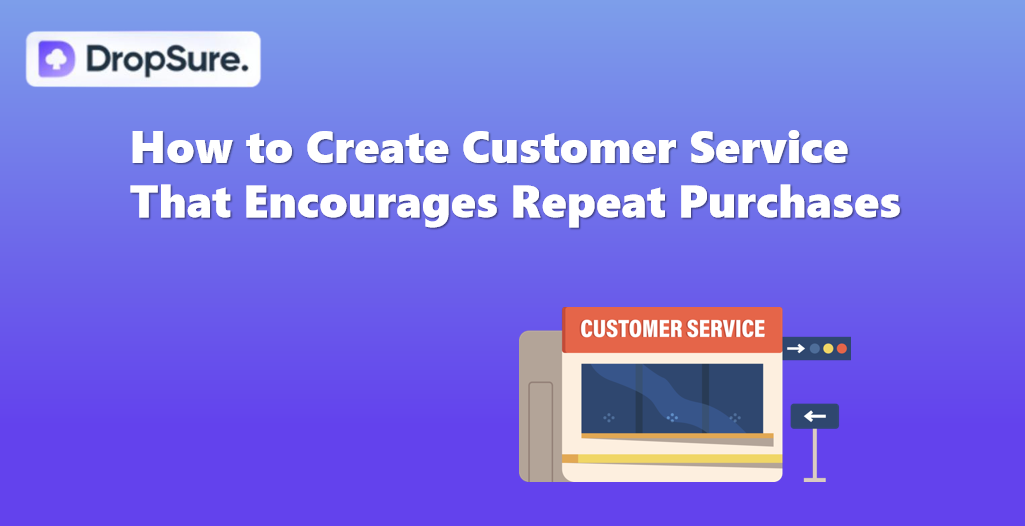
As ecommerce continues to evolve, dropshipping remains one of the most accessible and flexible ways to start and grow an online business. But the landscape is changing faster than ever. At Dropsure, we’ve observed emerging patterns that will define the next wave of successful dropshipping businesses in 2026. Here’s what merchants should pay attention to.
1. Speed and Reliability Will Become Non-Negotiable
Consumers now expect faster delivery than ever. In 2026:
- Same-week or 5-day shipping will become the baseline expectation in most markets.
- Brands relying on slow suppliers will struggle with conversion rates and negative reviews.
- Real-time tracking, automated updates, and transparency will be key to winning trust.
What merchants can do:
- Prioritize suppliers with proven speed and reliability.
- Explore hybrid fulfillment: dropship new products for testing, scale winners through bulk purchase or local fulfillment centers.
2. Data-Driven Product Selection
In 2026, guessing won’t cut it. Successful sellers will use:
- Real-time sales analytics to identify emerging trends
- Customer behavior data to forecast demand
- Profit margin tracking per SKU, factoring in shipping and fees
Dropshipping will shift from a trial-and-error model to a strategic, data-driven approach.
3. Automation and AI Will Transform Operations
Automation tools will no longer be optional—they’ll define competitiveness. Key areas include:
- Order management and fulfillment routing
- Inventory tracking across multiple channels
- Customer communication automation: shipping updates, FAQs, follow-ups
AI will also assist in:
- Ad optimization
- Product research and trend prediction
- Customer segmentation and personalized recommendations
Merchants who adopt automation early will save time and scale faster.
4. Sustainability and Ethical Sourcing Matter More
Consumers increasingly consider environmental impact and ethics when shopping online. By 2026:
- Eco-friendly packaging, carbon-conscious shipping, and transparent sourcing will influence purchasing decisions.
- Brands that can communicate a commitment to sustainability will gain trust and loyalty.
Actionable tip: Start auditing your supply chain and consider eco-friendly options now—early adopters will benefit from higher retention and brand equity.

5. Hybrid Dropshipping Models Will Dominate
Pure dropshipping is giving way to hybrid models:
- Test products via dropshipping with minimal risk
- Scale winning products with bulk fulfillment or local stock
- Maintain a mix of flexibility and reliability
This reduces risks, improves delivery speed, and protects cash flow while scaling.
6. Social Commerce and Platform Integration Will Expand
Platforms like TikTok, Instagram, and emerging social marketplaces will continue to dominate online retail. Successful merchants will:
- Integrate store operations directly with social platforms
- Leverage short-form video and live shopping to drive sales
- Use data from social commerce to inform product and ad strategy
Dropshipping merchants who master social commerce early will have a major competitive edge.
7. Key Takeaways for 2026
- Fast, reliable fulfillment is now table stakes.
- Data-driven decisions outperform guesswork.
- Automation and AI are critical for scaling efficiently.
- Sustainability and ethics influence long-term brand value.
- Hybrid models reduce risk and improve speed.
- Social commerce integration is essential for modern marketing.
At Dropsure, we focus on helping merchants navigate these trends with tools and services that simplify fulfillment, improve data visibility, and support scalable growth.
The future of dropshipping in 2026 will reward merchants who are prepared, adaptive, and data-informed. Those who embrace these changes will not only survive but thrive.


 4 min read
4 min read



